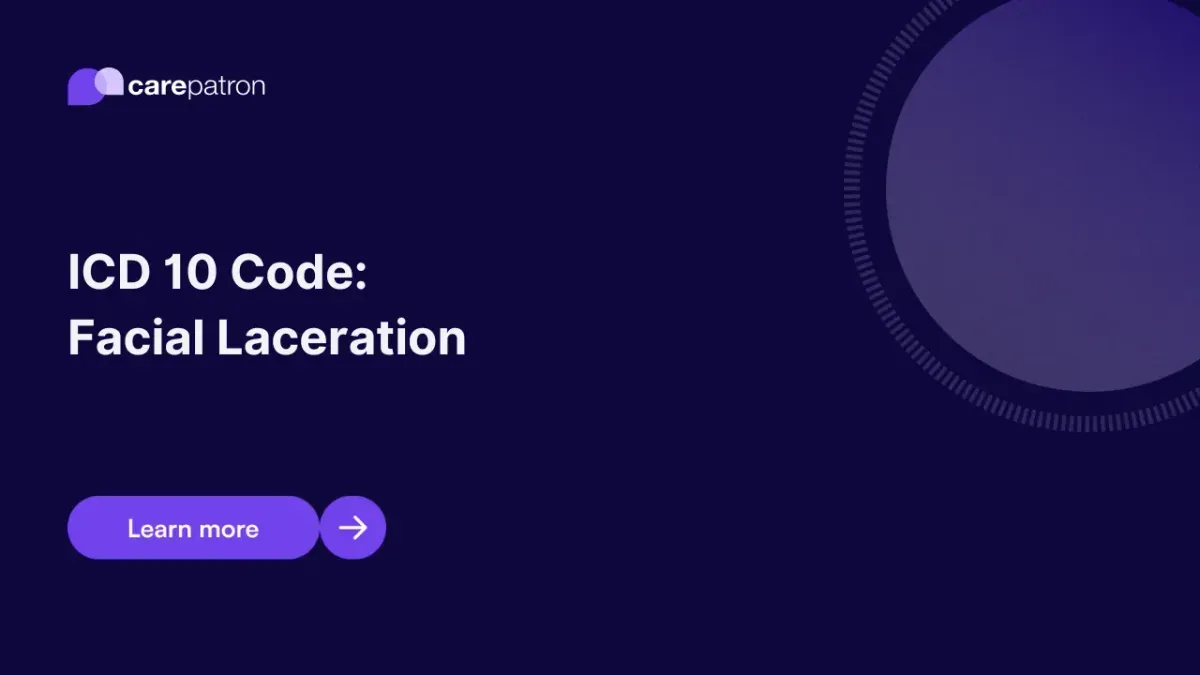
Facial Laceration ICD-10-CM Codes
Learn the correct ICD-10-CM codes for facial lacerations, including injuries with or without foreign bodies, proper billing, documentation, and treatments.
Use Code
EHR and practice management software
Get started for free
*No credit card required
Free
$0/usd
Unlimited clients
Telehealth
1GB of storage
Client portal text
Automated billing and online payments
